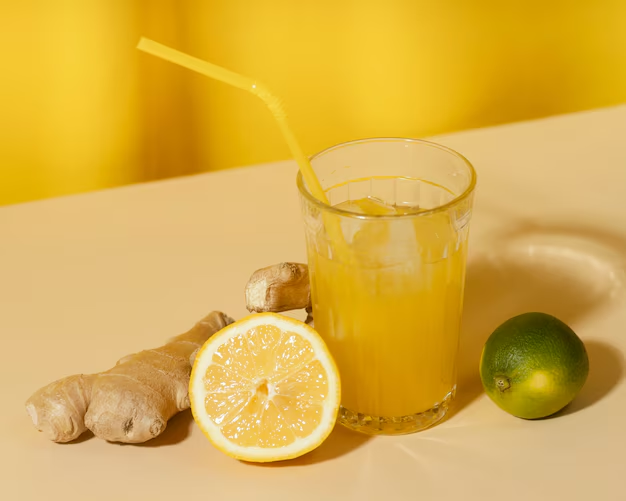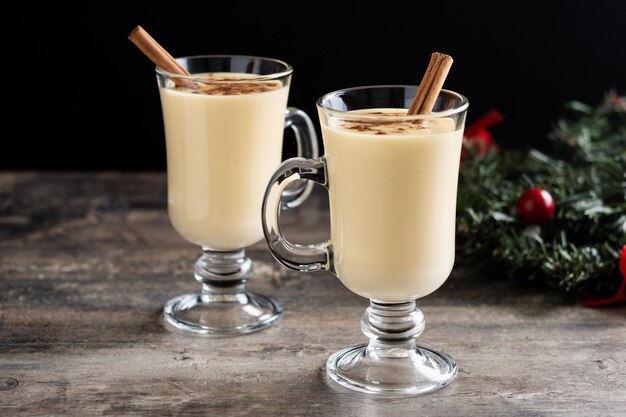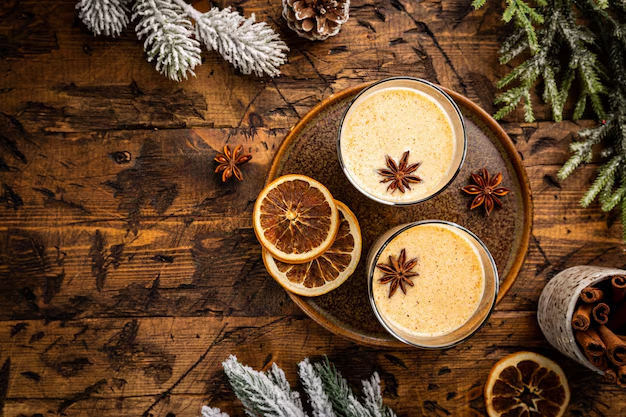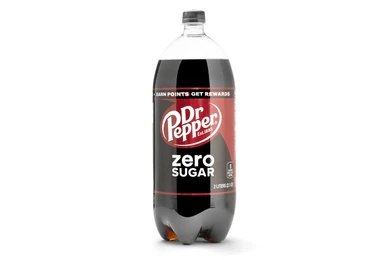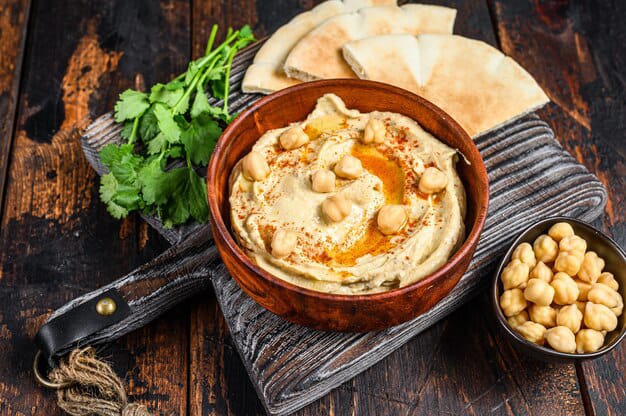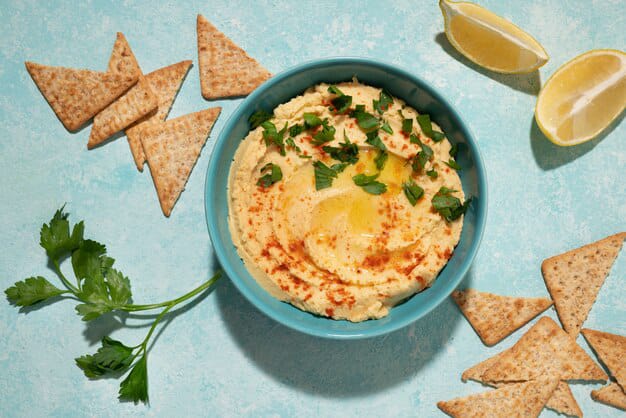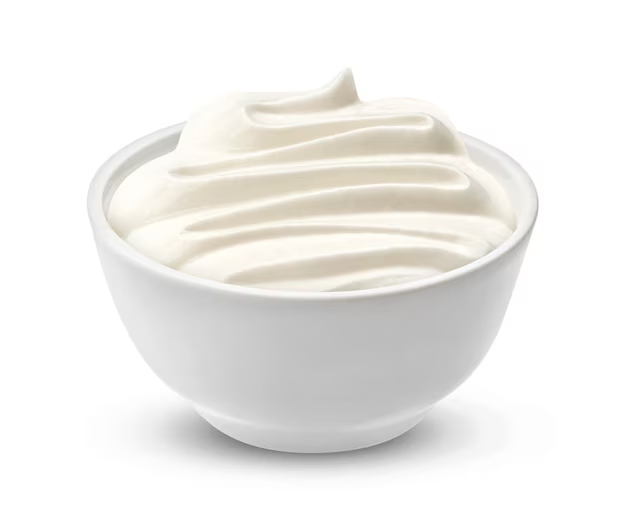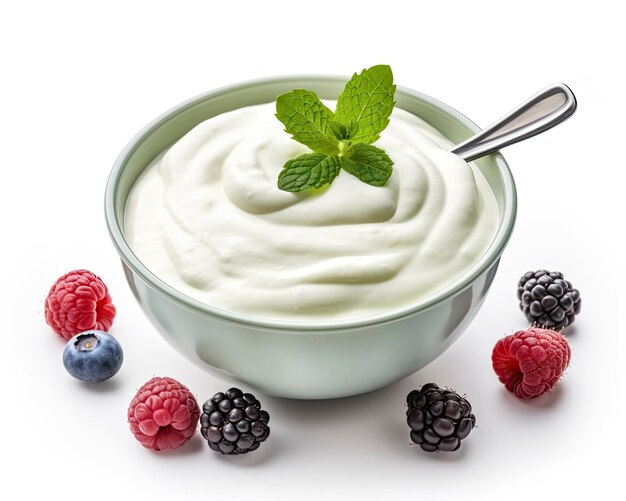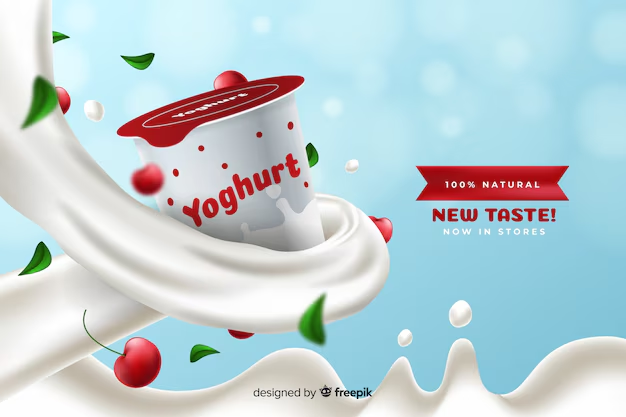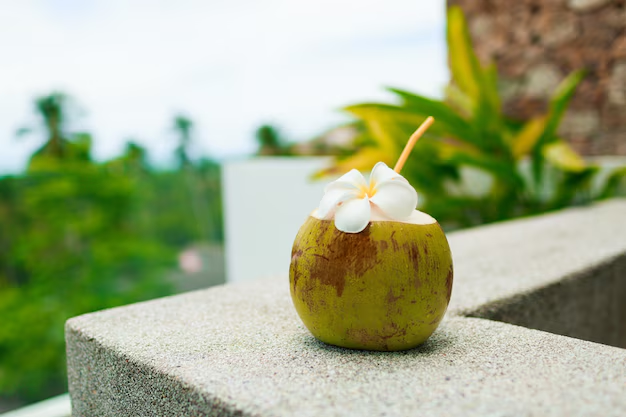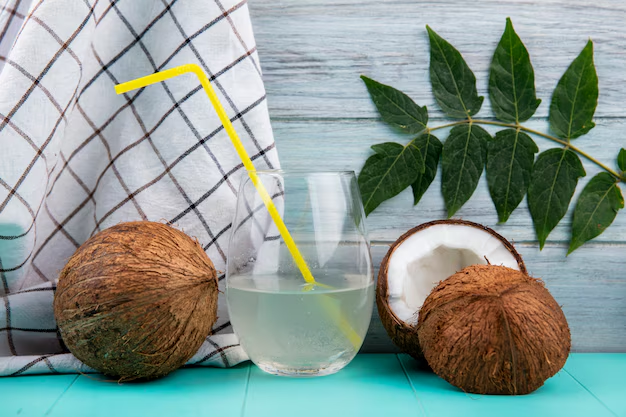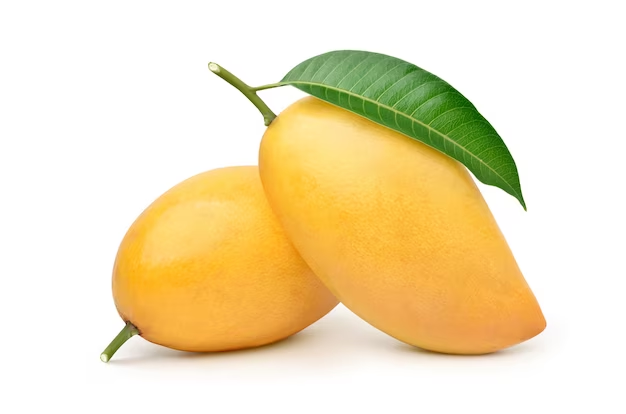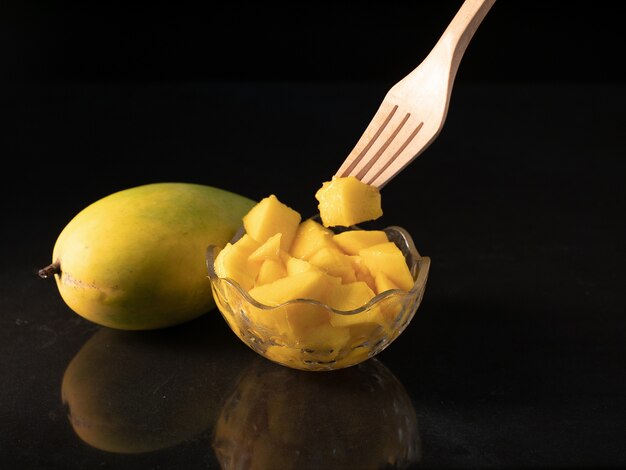Ginger ale is a beloved carbonated beverage with a crisp, refreshing taste. It has been a go-to drink for many, often enjoyed alone or as a mixer in cocktails. But one question lingers for health-conscious consumers: does ginger ale contain caffeine? Understanding this is essential, especially for those monitoring their caffeine intake. This article explores the nature of ginger ale, its caffeine content, and how it compares to other drinks.
What Is Ginger Ale?
Ginger ale traces its roots back to the 19th century. Initially crafted as a medicinal drink, it was believed to soothe upset stomachs and aid digestion. The earliest versions were created by fermenting ginger with sugar and water, producing a mildly fizzy drink. By the 1850s, ginger ale evolved into a commercially bottled product in Ireland and Canada, where it gained widespread popularity.
Types of Ginger Ale: Traditional vs. Modern Versions
Today, ginger ale comes in two primary forms: traditional and modern versions.
- Traditional ginger ale is often brewed with natural ginger root, sugar, and yeast. This version has a robust, spicy flavor and natural carbonation from fermentation.
- Modern ginger ale, commonly sold in stores, is mass-produced and typically sweetened with high-fructose corn syrup or artificial sweeteners. These are less spicy and more focused on sweetness.
Despite these variations, ginger ale remains a versatile and enjoyable drink for people worldwide.
Does Ginger Ale Contain Caffeine?
Caffeine is a stimulant commonly found in drinks like coffee, tea, energy drinks, and colas. It helps increase alertness but may cause restlessness or jitteriness in high doses. Many carbonated beverages, particularly colas, are known to contain caffeine, making it a point of concern for those who wish to avoid it.
Caffeine-Free Nature of Most Ginger Ale Brands
The good news is that most ginger ales are caffeine-free. Popular brands like Canada Dry, Schweppes, and Seagram’s do not include caffeine in their recipes. This makes ginger ale a great alternative for people looking for a soda without the stimulating effects of caffeine.
Exceptions: Do Some Ginger Ales Contain Caffeine?
While most ginger ales are caffeine-free, some exceptions exist. Certain specialty or craft ginger ales may include added ingredients, such as tea or kola nut extract, which could introduce small amounts of caffeine. It’s always wise to check the label for clarity if you’re unsure.
Ingredients in Ginger Ale
Ginger ale’s ingredients vary depending on the brand and whether it’s a traditional or modern variety. Let’s break down its key components:
Natural vs. Artificial Ingredients
Traditional ginger ales often use natural ingredients, including fresh ginger root, sugar, and lemon juice. Modern ginger ales, however, may rely on artificial flavorings, preservatives, and sweeteners to enhance taste and extend shelf life. While these additives mimic ginger’s taste, they lack the health benefits of real ginger.
Role of Ginger in the Composition
Ginger is the star ingredient in ginger ale. It’s what gives the drink its distinct flavor and name. Beyond taste, ginger is celebrated for its medicinal properties, such as reducing nausea and aiding digestion. Some brands may include a significant amount of real ginger extract, while others use minimal quantities or artificial substitutes.
Comparison with Other Sodas Like Cola
When compared to colas, ginger ale has several advantages:
- Caffeine content: Most ginger ales are caffeine-free, while colas often contain significant amounts of caffeine.
- Sugar levels: Ginger ale generally has lower sugar content than colas, though this depends on the brand.
- Health benefits: The inclusion of ginger, even in small amounts, offers some medicinal value, unlike colas, which are purely sugary and caffeinated beverages.
Popular Ginger Ale Brands and Their Caffeine Content
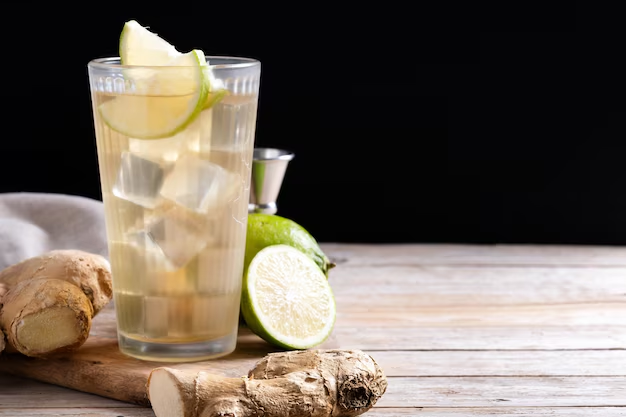
Is Canada Dry Ginger Ale Caffeine-Free?
Yes, Canada Dry Ginger Ale is completely caffeine-free. It is one of the most popular brands globally and is specifically marketed as a caffeine-free beverage. With its light, crisp flavor, Canada Dry is a refreshing option for those avoiding stimulants like caffeine.
Does Schweppes Ginger Ale Have Caffeine?
Similar to Canada Dry, Schweppes Ginger Ale is also caffeine-free. This classic brand has been a household favorite for over a century. Its formula ensures that consumers can enjoy a flavorful soda without worrying about caffeine’s side effects, such as restlessness or disrupted sleep.
Analyzing Caffeine Levels in Other Brands
- Seagram’s Ginger Ale: Another popular choice, Seagram’s Ginger Ale is caffeine-free, making it suitable for all age groups.
- Vernors Ginger Ale: Vernors is also caffeine-free, but it stands out for its unique taste, which is bolder and spicier compared to other brands. Some prefer Vernors for its richer ginger flavor and slight vanilla notes.
- Specialty Ginger Ales: While most mass-market ginger ales are caffeine-free, certain craft or specialty brands may add caffeinated ingredients. Always check labels carefully if caffeine is a concern.
Related to Read: Is Ginger Good for Acid Reflux
Is Ginger Ale a Healthy Alternative to Caffeinated Beverages?
Benefits of Ginger in Ginger Ale
Ginger ale derives its name and flavor from ginger, a root known for its numerous health benefits. Ginger can:
- Relieve nausea and motion sickness.
- Reduce bloating and improve digestion.
- Provide mild anti-inflammatory effects.
Drinking ginger ale can be soothing for those with an upset stomach or during long travel. However, the actual amount of ginger in most commercial ginger ales is minimal, so its health benefits may be limited unless it’s made with real ginger extract.
Sugar Content and Its Implications for Health
While ginger ale may be caffeine-free, it is not always free from sugar. Most brands contain added sweeteners, with sugar levels comparable to other sodas.
- High sugar intake can contribute to weight gain, diabetes, and tooth decay.
- For a healthier option, consider low-sugar or sugar-free versions of ginger ale.
Can Ginger Ale Replace Caffeinated Drinks in Your Diet?
Yes, ginger ale can replace caffeinated sodas, especially if you’re looking to reduce your caffeine intake. However, its sugar content may still pose a challenge. For a balanced approach:
- Choose natural or diet versions of ginger ale.
- Consider unsweetened teas or sparkling water infused with natural flavors as healthier substitutes.
FAQs
Is Ginger Ale Caffeine-Free Like Sprite?
Yes, ginger ale and Sprite are both caffeine-free sodas. They are similar in their caffeine-free status, but Sprite lacks the ginger flavor that gives ginger ale its unique taste.
Which Sodas Do Not Contain Caffeine?
Apart from ginger ale, several sodas are caffeine-free, including:
- Sprite
- 7-Up
- Fanta
- Root beer (e.g., A&W, Mug, Barq’s)
Always double-check the label as some root beers and flavored sodas may include caffeine in specific formulations.
Does Ginger Ale Help with Energy Like Caffeinated Drinks?
Ginger ale does not provide energy like caffeinated drinks. Caffeine stimulates the central nervous system, boosting alertness and focus. Ginger ale, however, offers a refreshing taste and can soothe your stomach, but it won’t help you stay awake.
Is Ginger Ale a Healthier Option for Kids?
Yes, ginger ale is often considered a safer choice for kids because it is caffeine-free. However, the sugar content should still be monitored. Look for low-sugar or diet options if giving ginger ale to children regularly.
Conclusion
In summary, most ginger ale brands are caffeine-free, making them a fantastic choice for those avoiding stimulants. Whether you prefer Canada Dry, Schweppes, or Seagram’s, you can enjoy this fizzy beverage without the jittery side effects of caffeine.
However, be mindful of its sugar content. Opt for brands with natural ingredients or sugar-free versions for a healthier choice. If you’re looking for a caffeine-free drink with mild health benefits, ginger ale can be a great addition to your diet.

